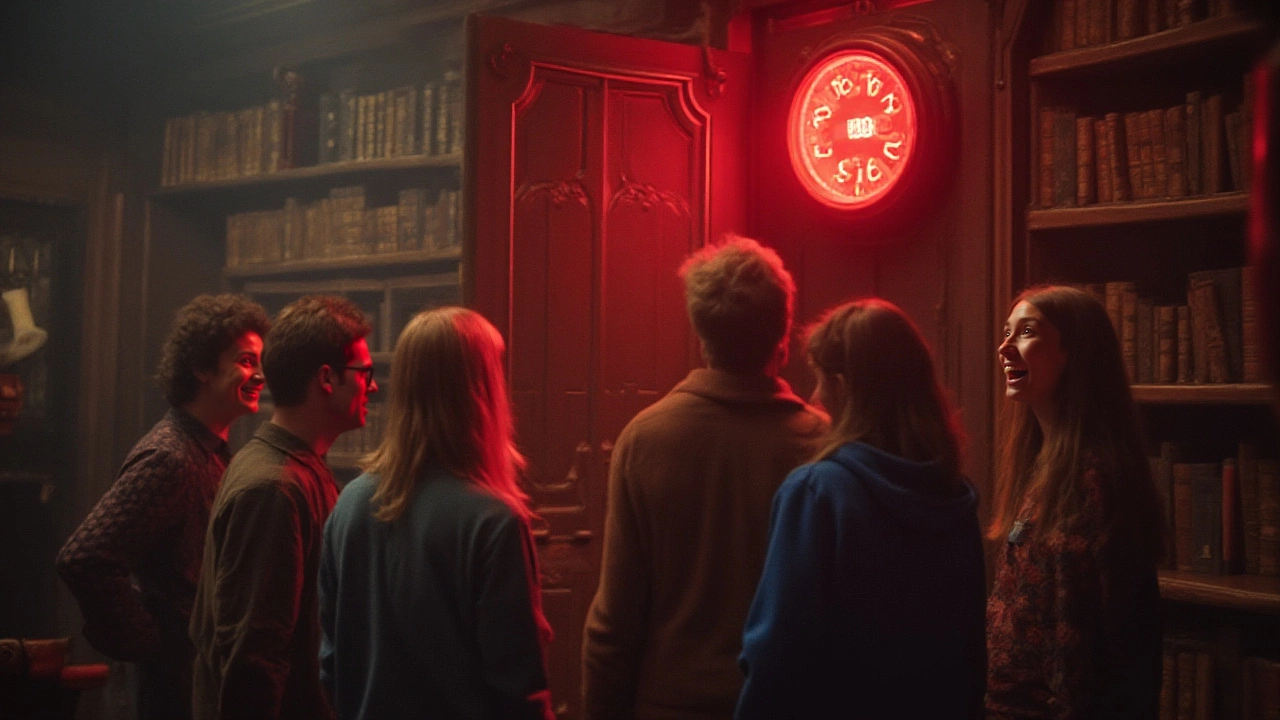Escape Room Tips That Actually Work
Walking into an escape room can feel like stepping into a mystery. You’ve got a clock ticking, a room full of clues, and a team that may or may not be on the same page. The good news? You don’t need a magic wand—just a few solid tips. Below are the basics that turn a frantic scramble into a smooth solve.
Plan Your Team and Time
First thing to do is assign roles. One person should be the “note‑taker,” another the “finder,” and a third the “logic‑solver.” When everyone knows what they’re doing, you avoid double‑checking the same lock and waste less time.
Next, set a mini‑timeline. Split the total hour into three blocks: 0‑20 minutes for quick scans, 20‑45 minutes for deeper puzzles, and the last 15 minutes for any leftover tasks. If a clue takes longer than expected, move on and come back later. This prevents you from getting stuck on a single riddle while the clock keeps running.
Communicate early and often. If you spot a clue, shout it out in a short phrase—no need for long explanations. The note‑taker writes it down, so you don’t forget details when you’re juggling multiple locks.
Master the Puzzles
Most rooms rely on three core puzzle types: pattern matching, hidden objects, and logical sequences. For pattern puzzles, look for repeated symbols or colors. Often the solution is the odd one out or the one that completes a set.
When searching for hidden objects, check the usual suspects: books, drawers, under cushions, and inside containers. Don’t overlook the floor—loose tiles or floorboards can hide small items.
Logical sequences usually involve numbers or letters. Write down any numbers you see, then see if they follow a progression (like 2, 4, 8…) or a keypad code (odd‑even‑odd). If a lock has a “+” or “–” sign, it’s probably a math clue.
Lastly, stay calm. Panic makes you miss obvious clues. Take a quick breath, glance at the notes, and re‑evaluate the room with fresh eyes. A clear mind spots connections faster.
Follow these simple escape room tips—assign roles, set mini‑timelines, communicate, and break down puzzle types. You’ll find yourself solving rooms more often and enjoying the thrill without the stress. Good luck, and may your next escape be a breeze!





